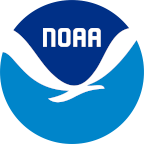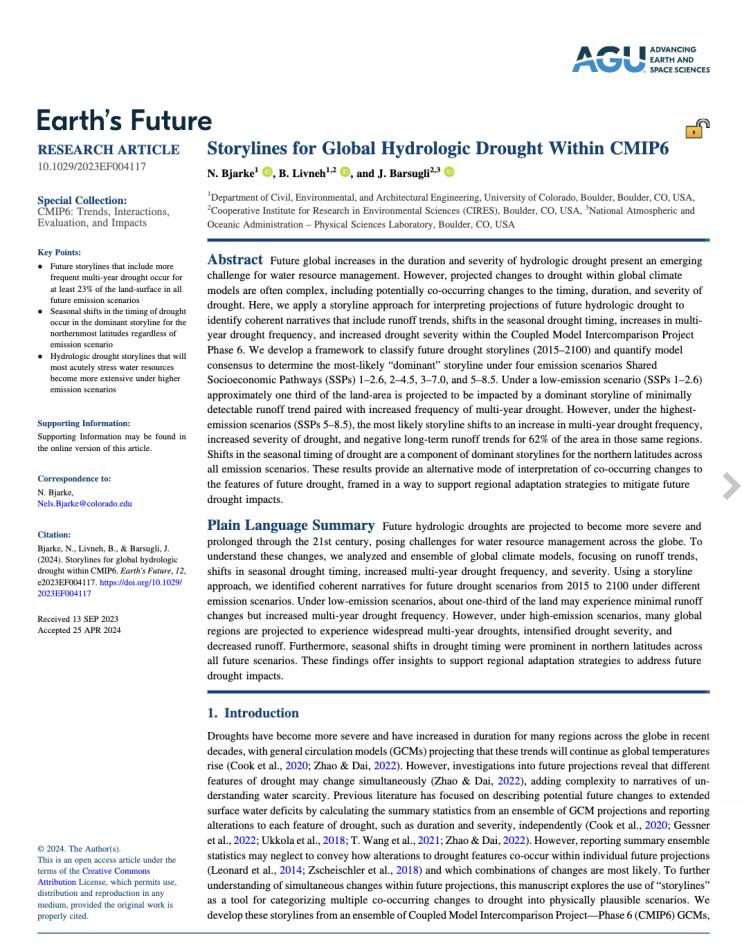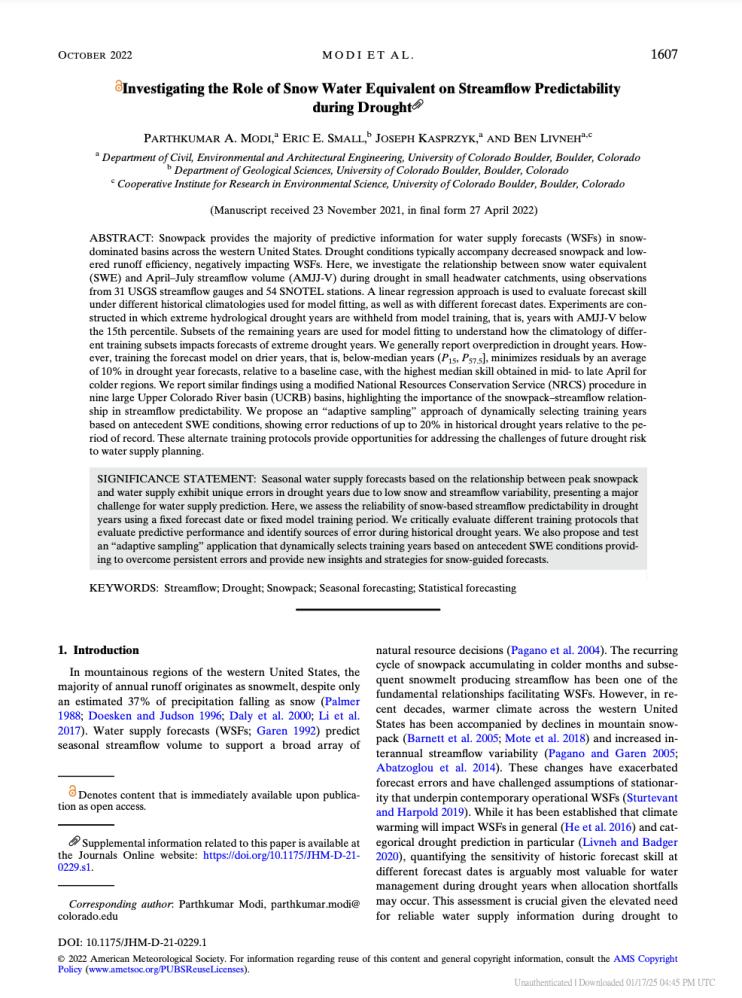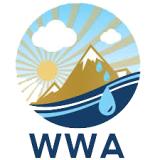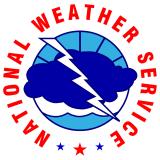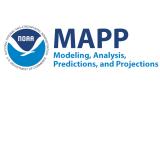Identifying Alternatives to Snow-Based Streamflow Predictions to Advance Future Drought Predictability

For large populations across the western U.S., water supply prediction relies centrally on knowledge of spring snow conditions, where anomalous snowpack can provide critical early warning of drought. Yet, a warmer future portends for reduced snowpacks, presenting a major challenge to the current paradigm of snow-based forecasting. The water management landscape across the West is variable, with some smaller systems relying exclusively on snow information to make local statistical forecasts, while others use operational forecast information from more sophisticated statistical or dynamic forecasts that also leverage snow information. To overcome potential shortcomings from current methods, there is a need to evaluate possible alternatives to snow-based predictions to better inform management and planning for key parts of the western U.S., like the Intermountain West and Pacific Northwest Drought Early Warning System (DEWS) regions.
This project developed a storyline technique for drought prediction in future climate projections that does not rely purely on snow-based methods, harnessing alternative techniques to improve scientists’ ability to predict and respond to drought. A key innovation was the use of machine learning tools to find ways to improve current and future drought prediction.
This project is part of the MAPP/NIDIS supported Drought Task Force IV.
For more information, please contact Joel Lisonbee (joel.lisonbee@noaa.gov) and Britt Parker (britt.parker@noaa.gov).
Research Snapshot
Ben Livneh, Cooperative Institute for Research in Environmental Sciences (CIRES)
Results of This Research
Below is a summary of publications and key outcomes from this research:
- Modi, P. A., E. Small, J. Kasprzyk, and B. Livneh. 2022. "Investigating the role of snow water equivalent on streamflow predictability during drought." Journal of Hydrometeorology, 23(10), 1607-1625.
- The researchers identified challenges in predicting seasonal water supply during drought years in snow-dominated basins of the western United States due to climate warming.
- They proposed novel approaches to improve forecast accuracy through adaptive and dynamic training of the models.
- The researchers found that training water-supply prediction models on below-median snow years or dynamically selected years based on snow water equivalent (SWE) conditions significantly reduces forecast errors up to 20% during drought years.
- These methods offer practical advancements for water resource management, to support the reliability of snow-based forecasting approaches and address critical challenges in water supply planning under climate variability.
- Bjarke, N., B. Livneh, and J. Barsugli. 2024. "Storylines for Global Hydrologic Drought Within CMIP6." Earth's Future 12(6), e2023EF004117.
- Future hydrologic droughts are projected to become more severe and prolonged through the 21st century. This includes more frequent multi-year droughts.
- These storylines play out differently under different emissions scenarios:
- Under low-emission scenarios, about one-third of the land may experience minimal runoff changes but increased multi-year drought frequency.
- Under high-emission scenarios, many global regions are projected to experience widespread multi-year droughts, intensified drought severity, and decreased runoff.
- Seasonal shifts in drought timing were prominent in northern latitudes across all future scenarios.
Bjarke, N.R., B. Livneh, J.J. Barsugli, A.G. Pendergrass, and E.E. Small. 2024. "Evaluating large-storm dominance in high-resolution GCMs and observations across the Western Contiguous United States." Earth’s Future, 12(6), e2023EF004289.
